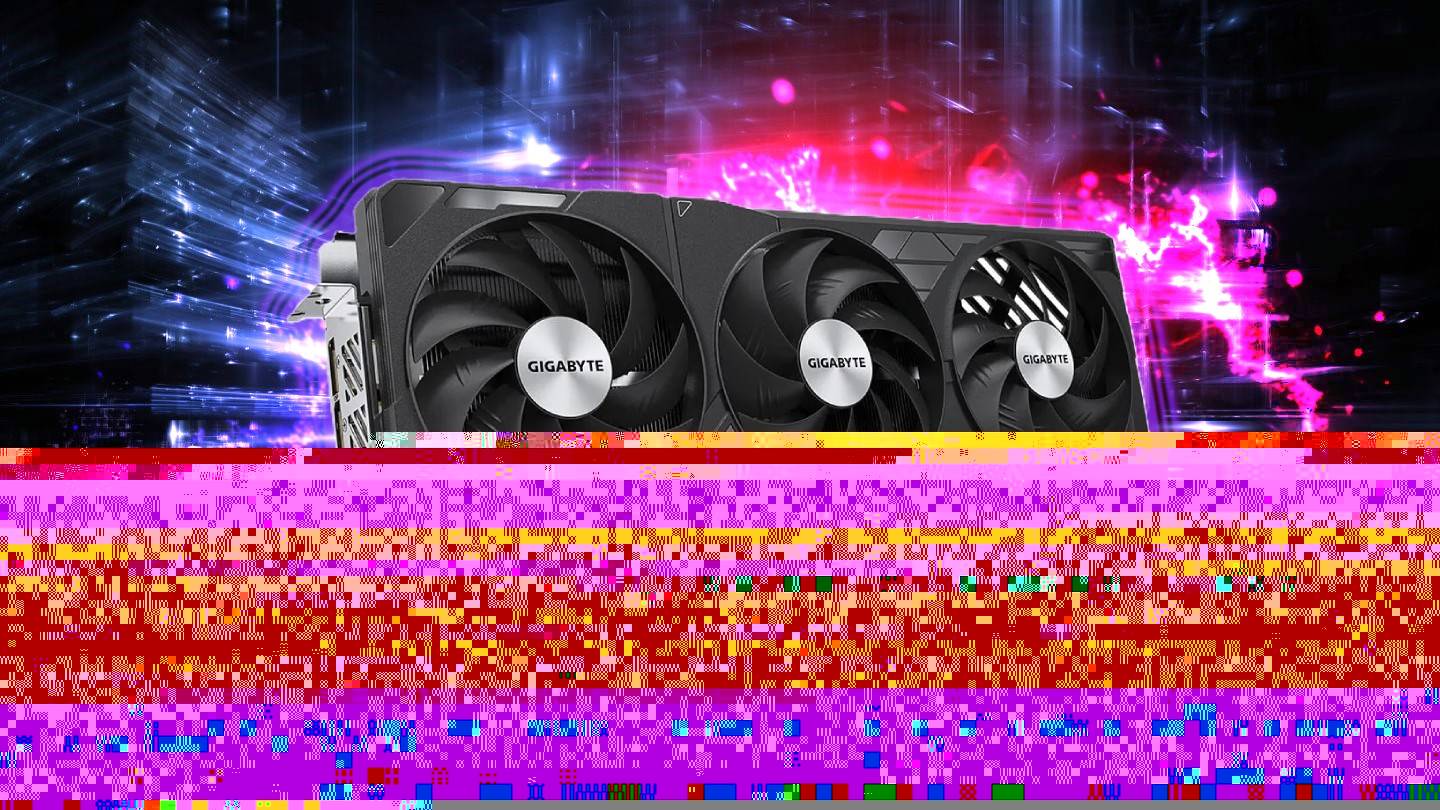
The visual fidelity of video games continues to improve, blurring the lines between reality and virtual worlds. This trend fuels countless online memes and significantly increases system requirements. Upgrading your PC, especially the graphics card, is often a necessity for gamers. But which cards reigned supreme in 2024, and what should you consider for 2025? Let's explore the top contenders. (See our companion piece on 2024's most visually stunning games to see where your upgraded rig will shine!)
Table of Contents
- NVIDIA GeForce RTX 3060
- NVIDIA GeForce RTX 3080
- AMD Radeon RX 6700 XT
- NVIDIA GeForce RTX 4060 Ti
- AMD Radeon RX 7800 XT
- NVIDIA GeForce RTX 4070 Super
- NVIDIA GeForce RTX 4080
- NVIDIA GeForce RTX 4090
- AMD Radeon RX 7900 XTX
- Intel Arc B580
NVIDIA GeForce RTX 3060
A true workhorse and a classic, the RTX 3060 has been a popular choice for everyday gamers for years. Offering memory options from 8GB to 12GB, ray tracing support, and decent performance under pressure, it's still a viable option. However, its age is starting to show; it may struggle with the most demanding modern titles.
NVIDIA GeForce RTX 3080
The RTX 3080, the older sibling of the 3060, continues to impress. Its power and efficiency make it a flagship card for many, outperforming even newer models in certain scenarios. A slight overclock further enhances its capabilities. The price-to-performance ratio remains strong, making it a budget-friendly upgrade option in 2025.
AMD Radeon RX 6700 XT
The RX 6700 XT surprisingly maintains a top spot in price-to-performance. It handles modern games with ease and has given NVIDIA's RTX 4060 Ti a run for its money. Boasting more memory and a wider bus interface, it delivers smooth gameplay at 2560x1440 resolution, even competing favorably with the more expensive RTX 4060 Ti (16GB).
NVIDIA GeForce RTX 4060 Ti
Unlike its less successful counterpart, the RTX 4060, the 4060 Ti is a solid performer. While not significantly surpassing AMD's offerings or the RTX 3080, it delivers respectable results. It's approximately 4% faster than its predecessor at 2560x1440, and Frame Generation further boosts its performance.
AMD Radeon RX 7800 XT
The RX 7800 XT significantly outperforms NVIDIA's more expensive RTX 4070 in many games, achieving an average 18% advantage at 2560x1440. Its 16GB of VRAM ensures longevity, and in ray-traced QHD gaming, it beats the RTX 4060 Ti by a remarkable 20%.
NVIDIA GeForce RTX 4070 Super
NVIDIA responded to competition with the 4070 Super, offering a 10-15% performance increase over the standard 4070. It's a strong contender for 2K gaming, and undervolting can further improve performance and reduce temperatures.
NVIDIA GeForce RTX 4080
This card delivers excellent performance for virtually any game, often considered best for 4K. Its ample VRAM and enhanced ray tracing capabilities make it a future-proof choice. Many see it as NVIDIA's flagship, though the 4090 offers even more power.
NVIDIA GeForce RTX 4090
NVIDIA's top-tier flagship, the 4090, provides unparalleled performance. While not drastically better than the 4080, its longevity and the anticipated pricing of the 50-series make it a compelling high-end option.
AMD Radeon RX 7900 XTX
AMD's top-tier card rivals NVIDIA's flagship in performance but offers a significant price advantage, making it an attractive option for budget-conscious gamers. It's also built to last.
Intel Arc B580
Intel's surprise entry, the Arc B580, sold out quickly due to its impressive performance and price. Outperforming the RTX 4060 Ti and RX 7600 by 5-10% with 12GB of VRAM at $250, it signals a potential shift in the market.
Despite rising prices, the market offers strong graphics card options across various budgets. Even mid-range cards provide excellent performance, while high-end models ensure a future-proof gaming experience for years to come.















